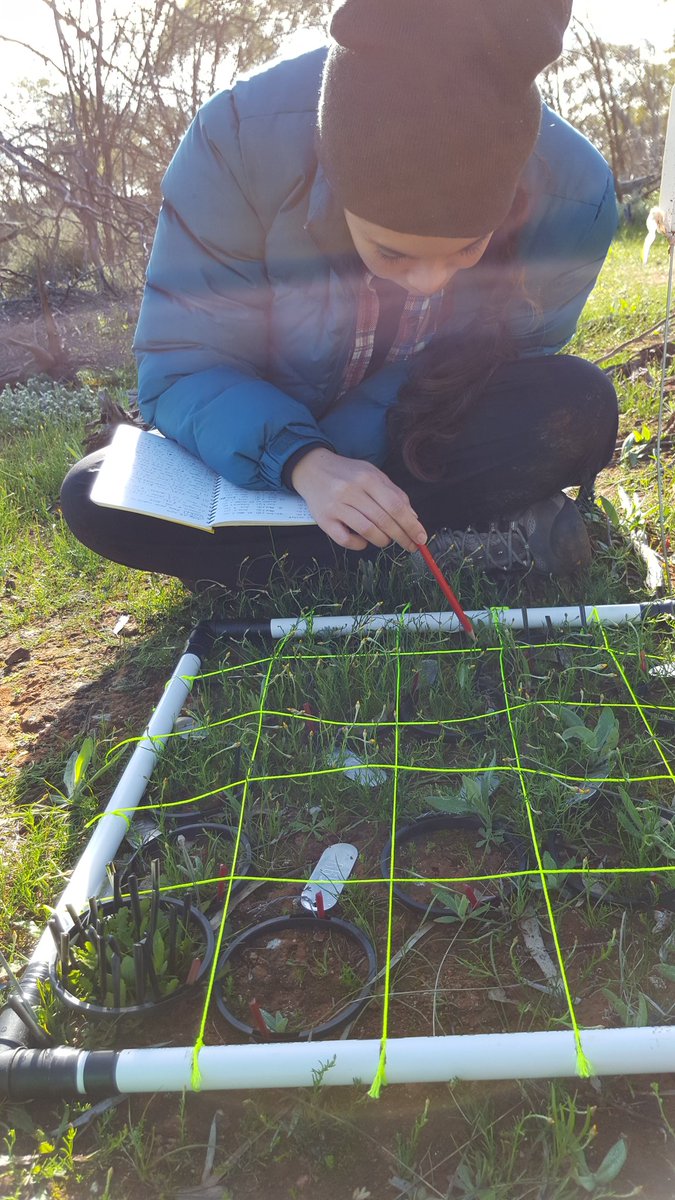
Received the Australian Flora Foundation Young Scientist Award fr herposter at ESA2016, the Ecological Society of Australia Conference on 28 November – 2 December 2007 at the Esplanade Hotel, Freemantle, Western Australia:
Maia Raymundo1, John Dwyer2, Margie Mayfiled1
1The Ecology Centre, University of Queensland, St. Lucia 4072
2CSIRO Land and Water Flagship, EcoSciences Precinct, Dutton Park 4001
Individual and population level success rates in plants are well known to be impacted by a range of factors operating at various life-history stages. The recruitment phase has been identified as a bottleneck for population growth. Identifying the factors that regulate seed recruitment is essential in understanding how plant communities are structured. Microsite (lack of suitable recruitment sites) and seed limitation (lack of viable seeds produced by a parent plant or lack of proper dispersal agents) have been identified as the main drivers affecting seed recruitment. Factors constraining or promoting seed recruitment, particularly in novel ecosystems, remain poorly understood. Seed addition experiments are the most widely used approach to test whether populations are seed or microsite limited. This study involves a two-part process: (i) identifying whether plant populations in novel annual plant communities of Western Australia’s York gum woodlands are seed or microsite limited and (ii) determining the influence of biotic and abiotic factors in post-dispersal seed recruitment at the microsite scale. I added seeds of six native annual plant species to experimental plots with existing vegetation ranging from bare to high. Additionally, I examined the importance of canopy cover, soil nutrients, and interspecific competition on post-dispersal recruitment for the six native annual plant species. Seed-sowing experiments were carried out and assessed for successful recruitment of focal seedlings and any self-sustaining populations over the course of two years.
